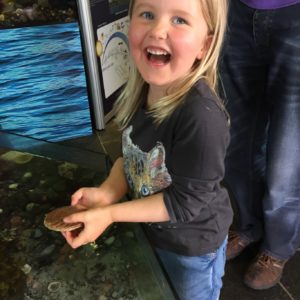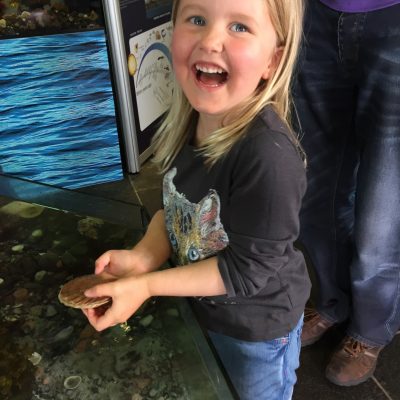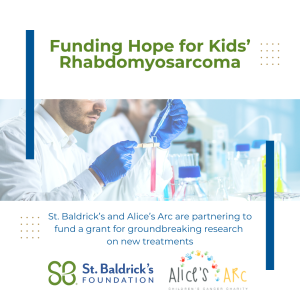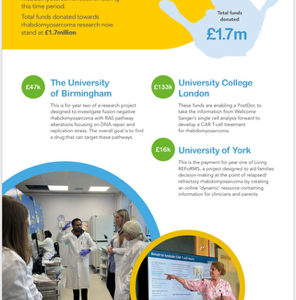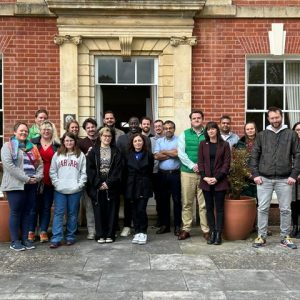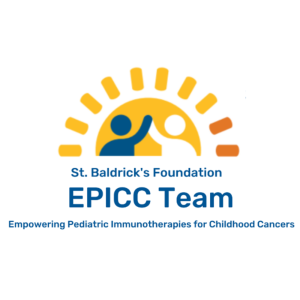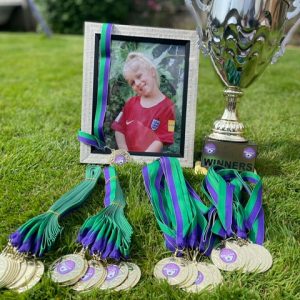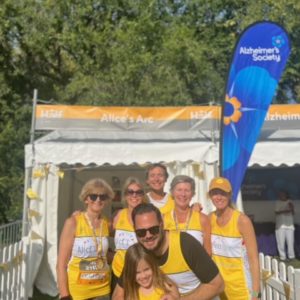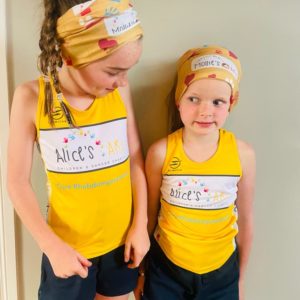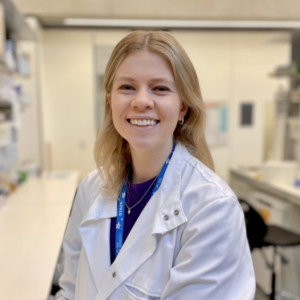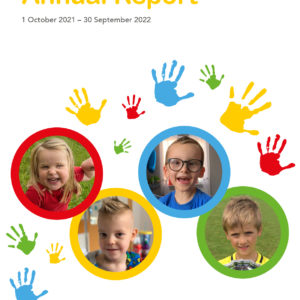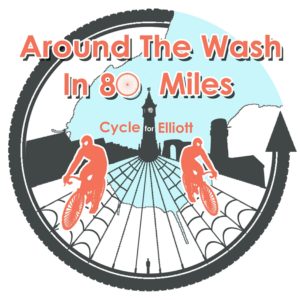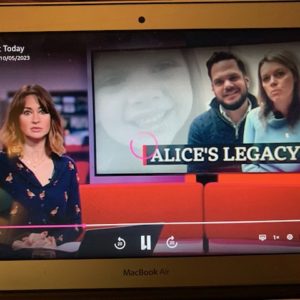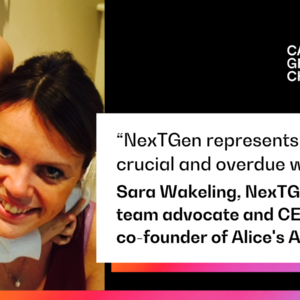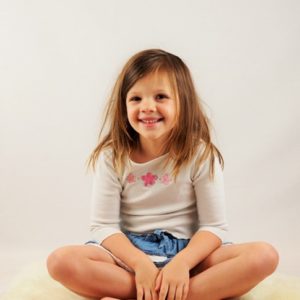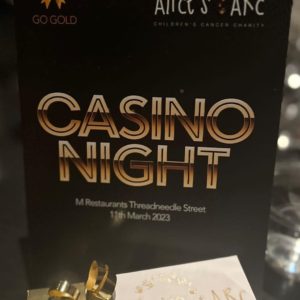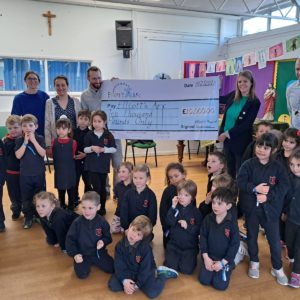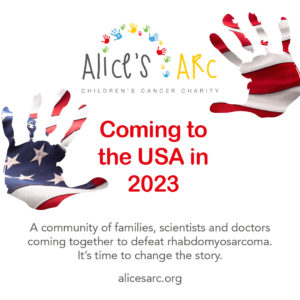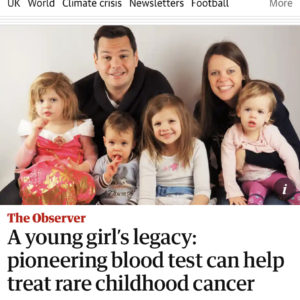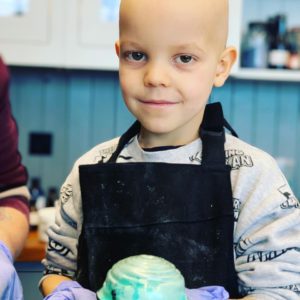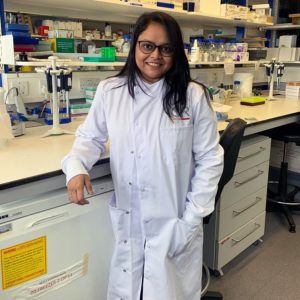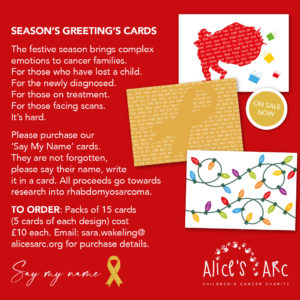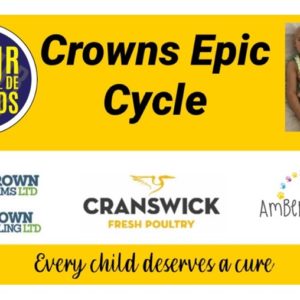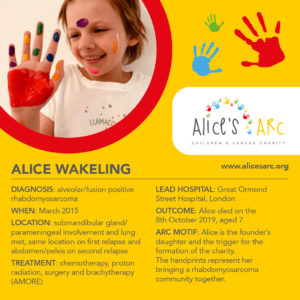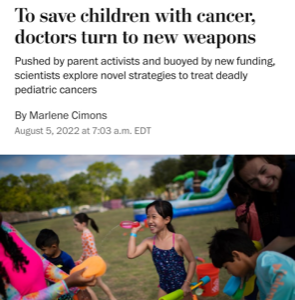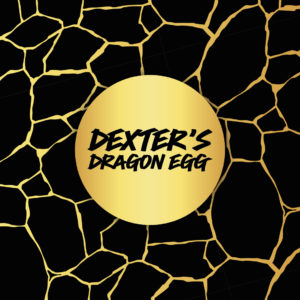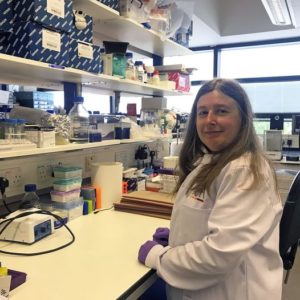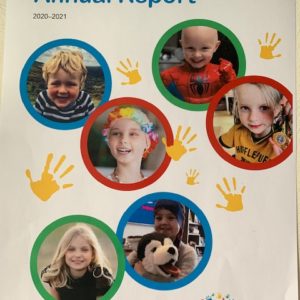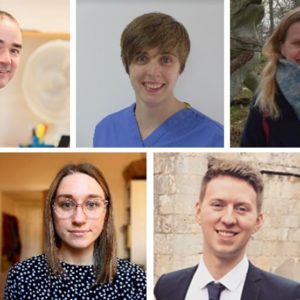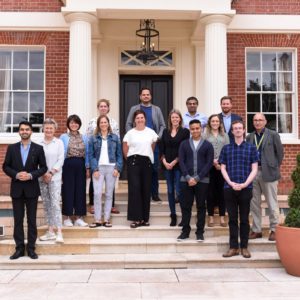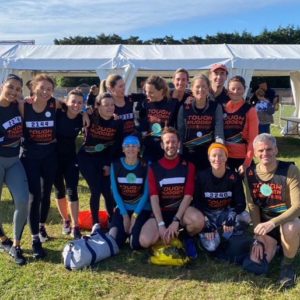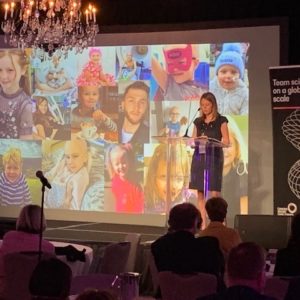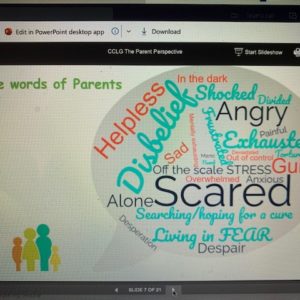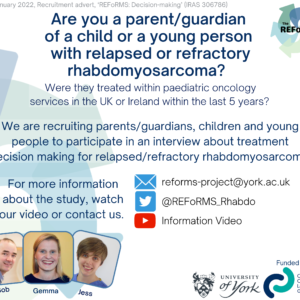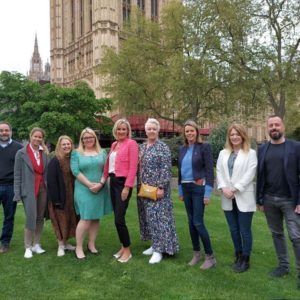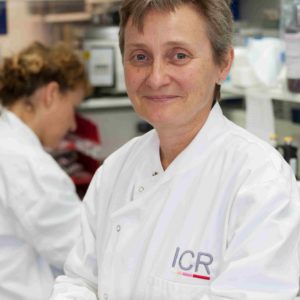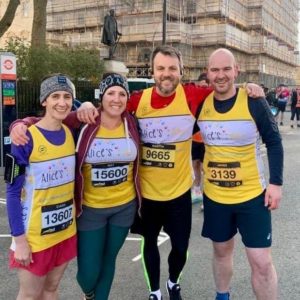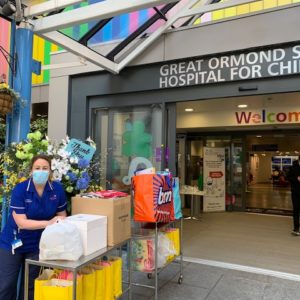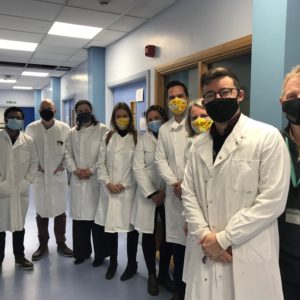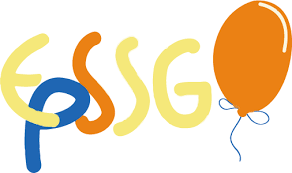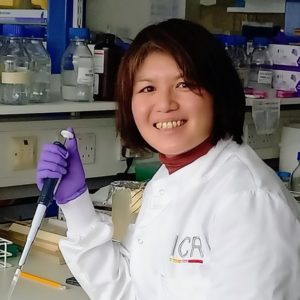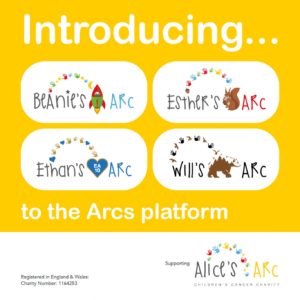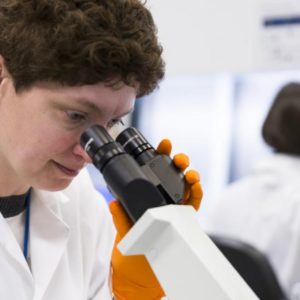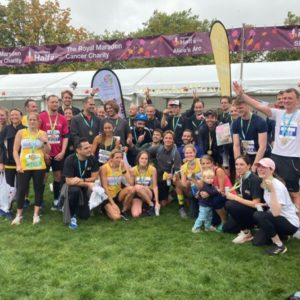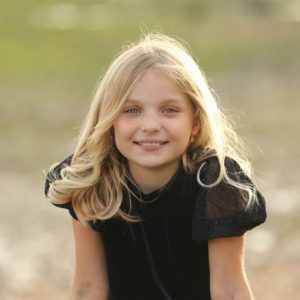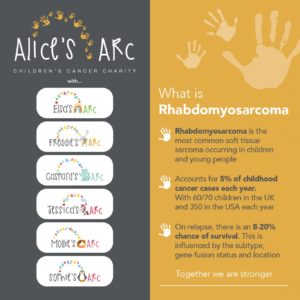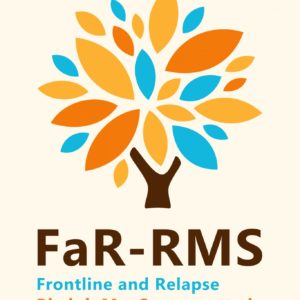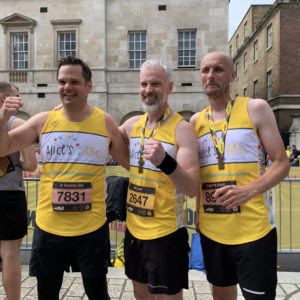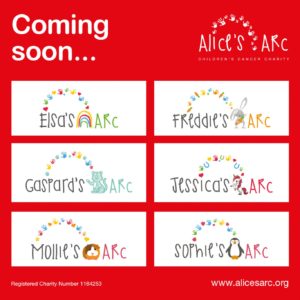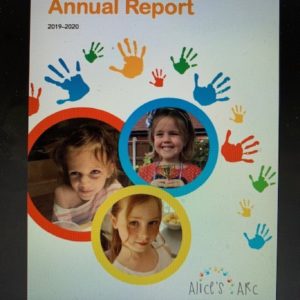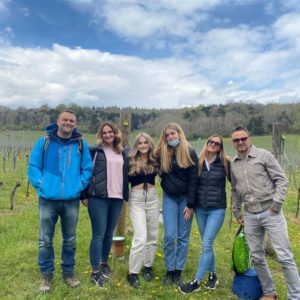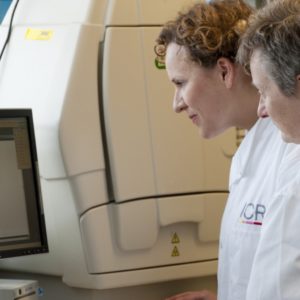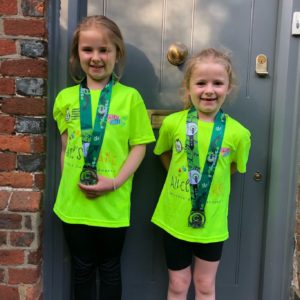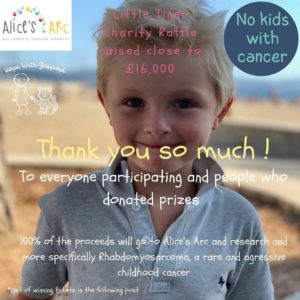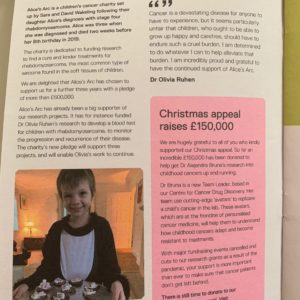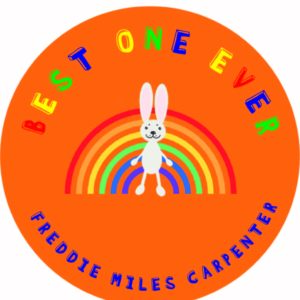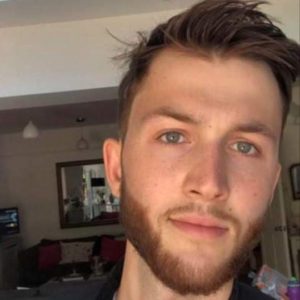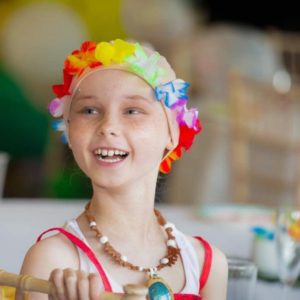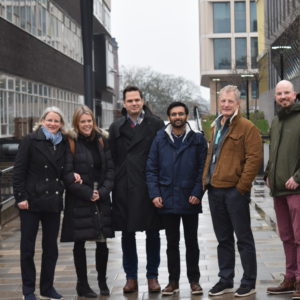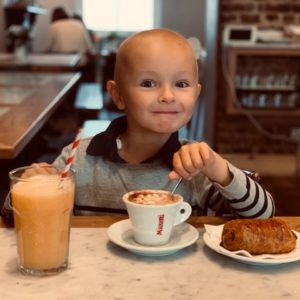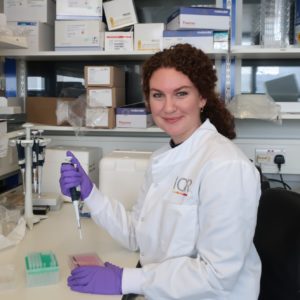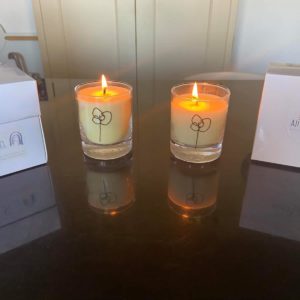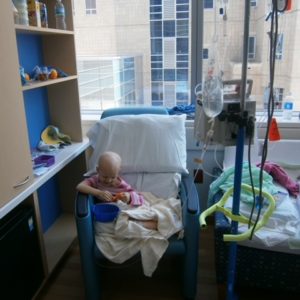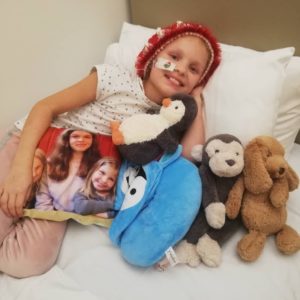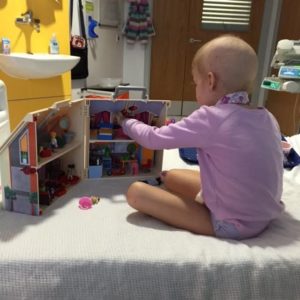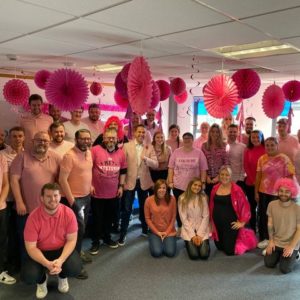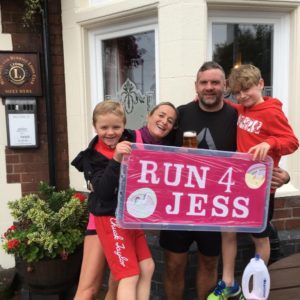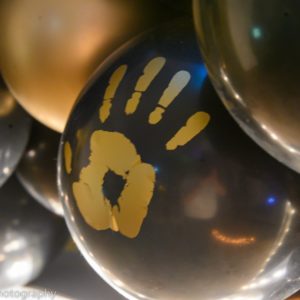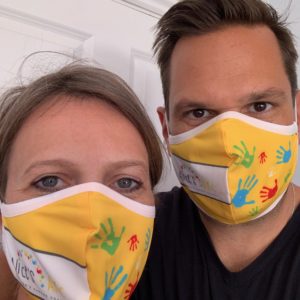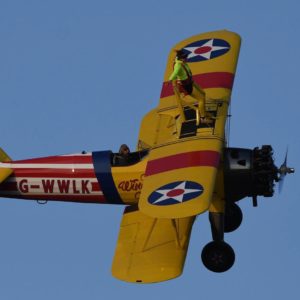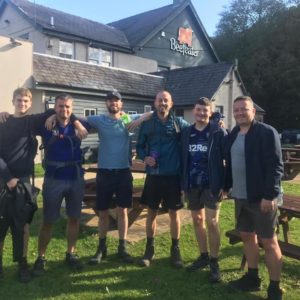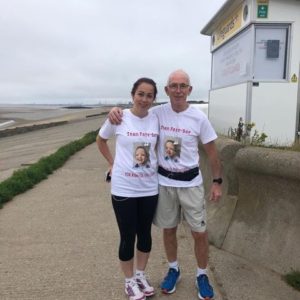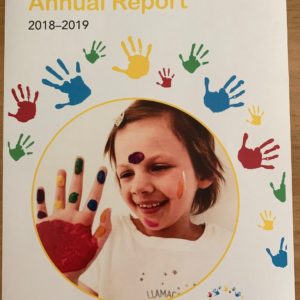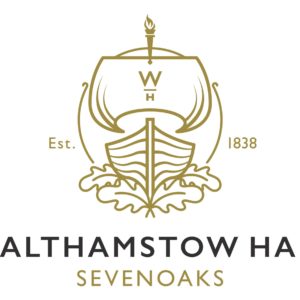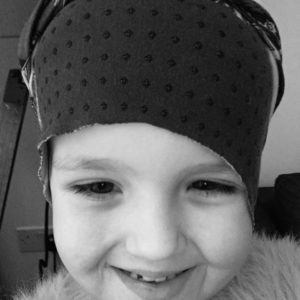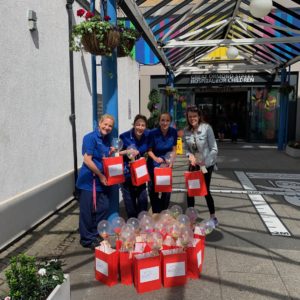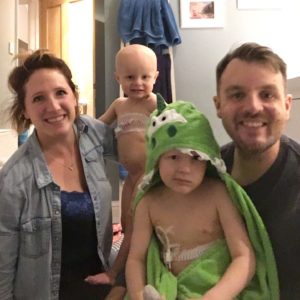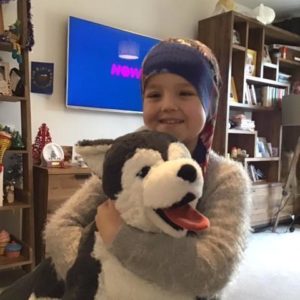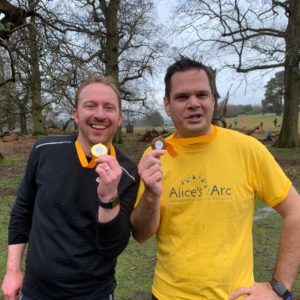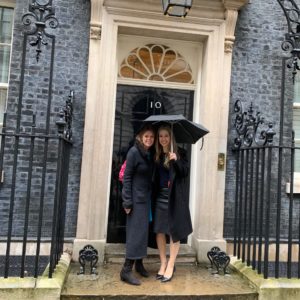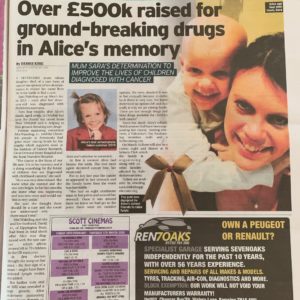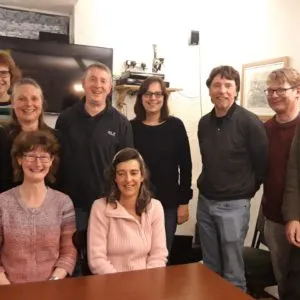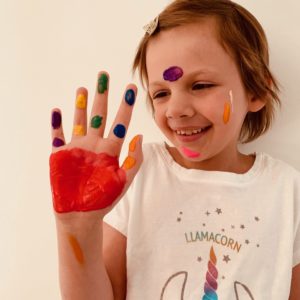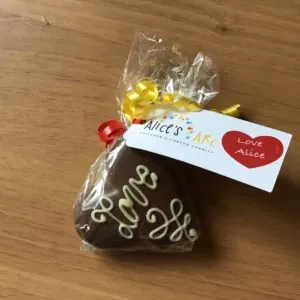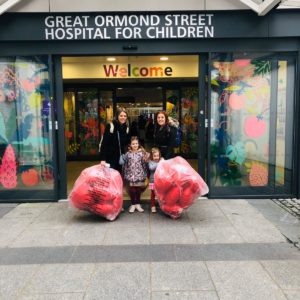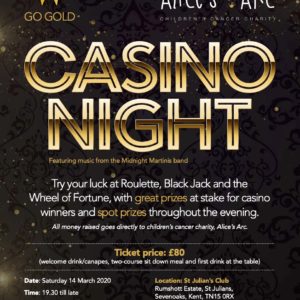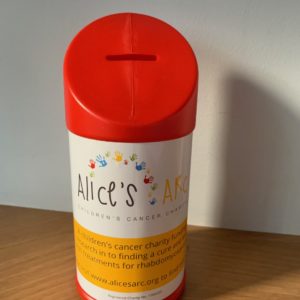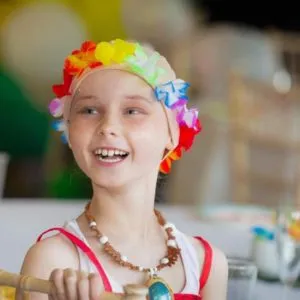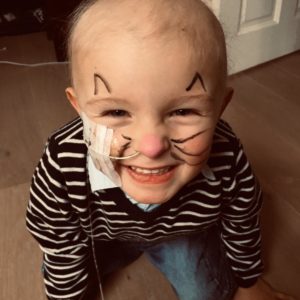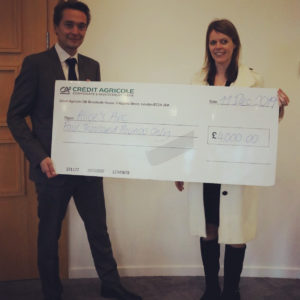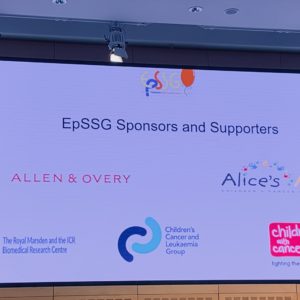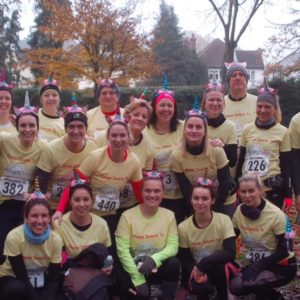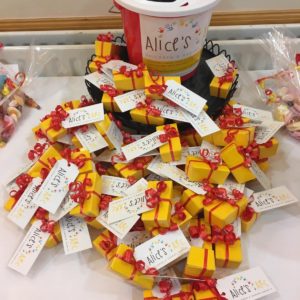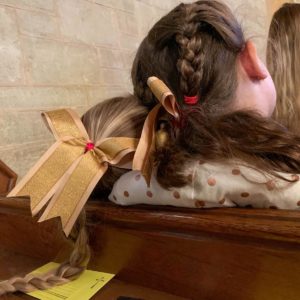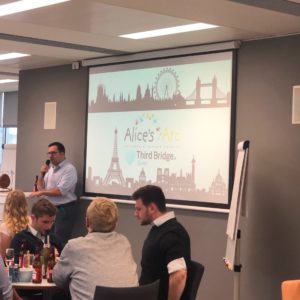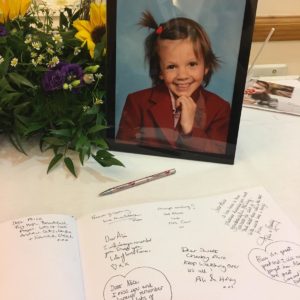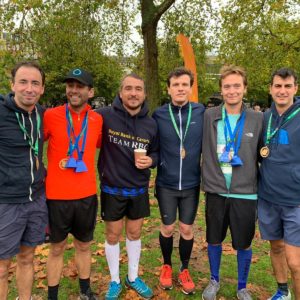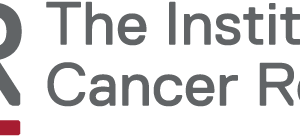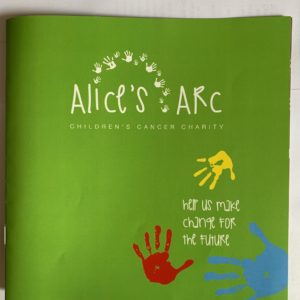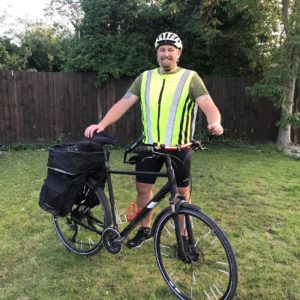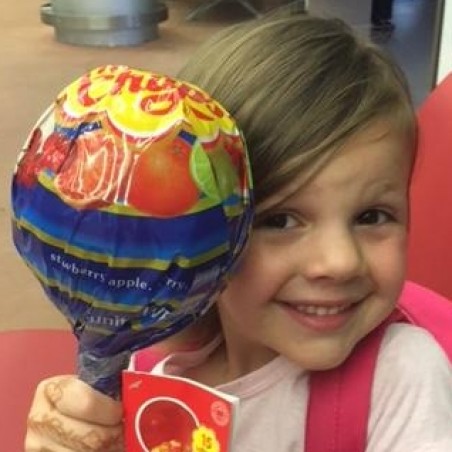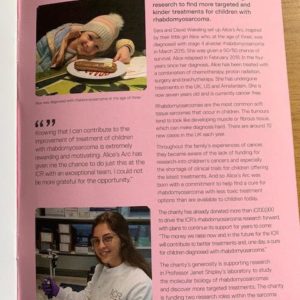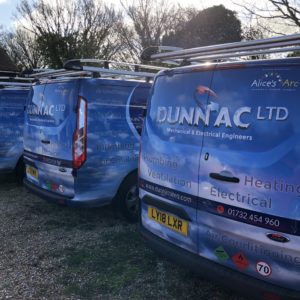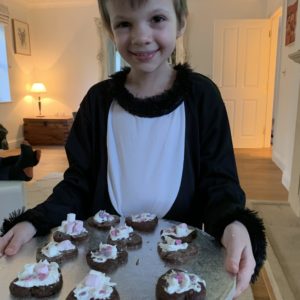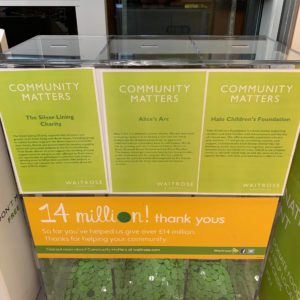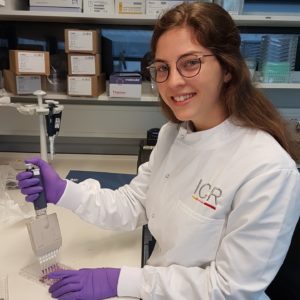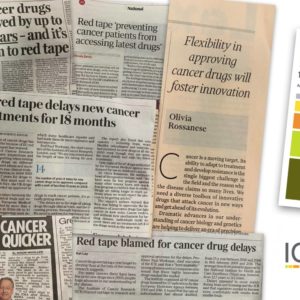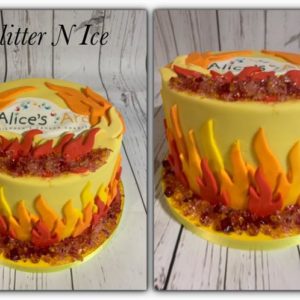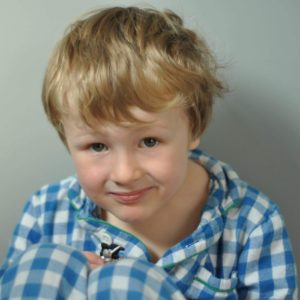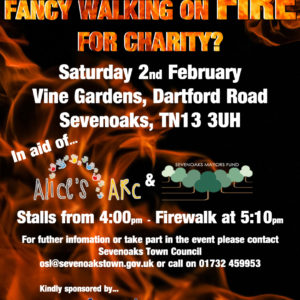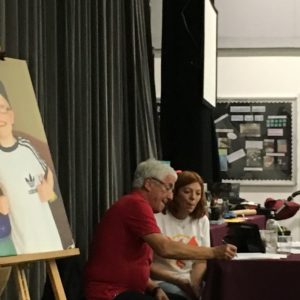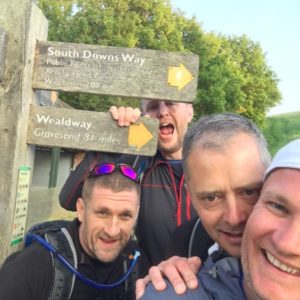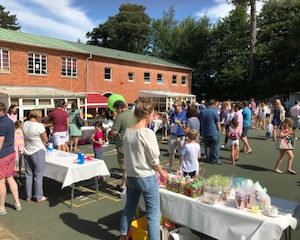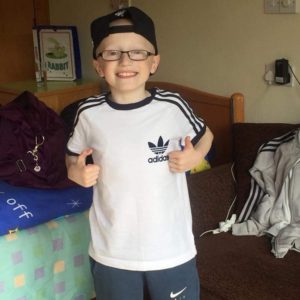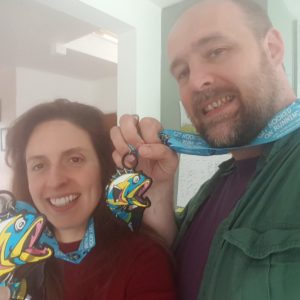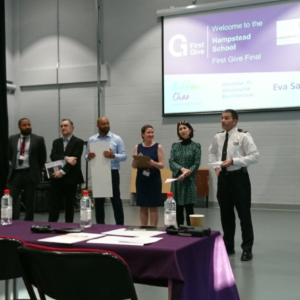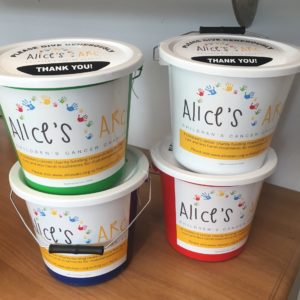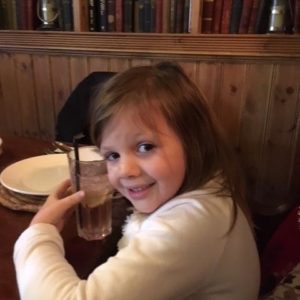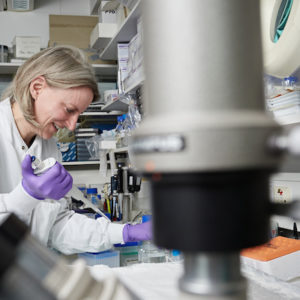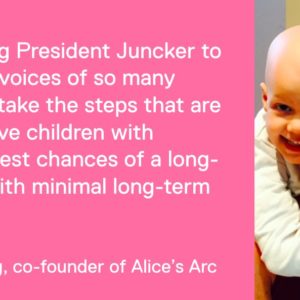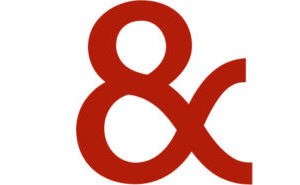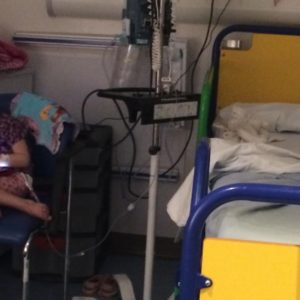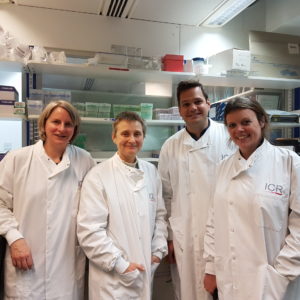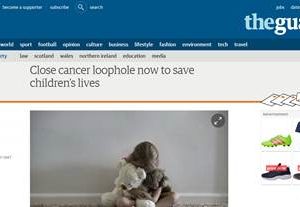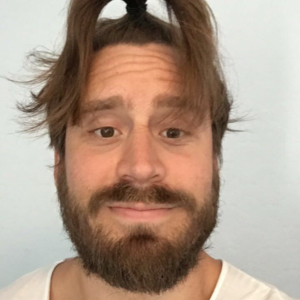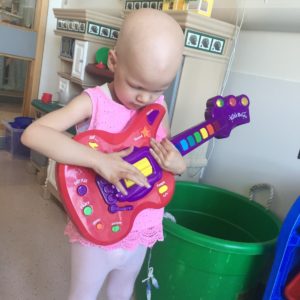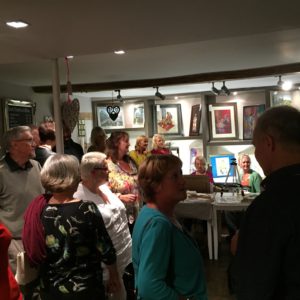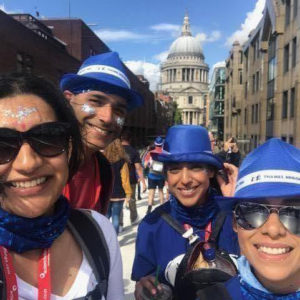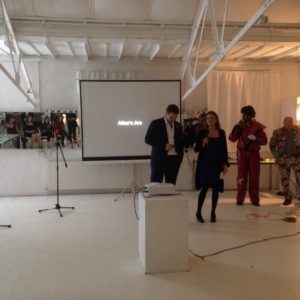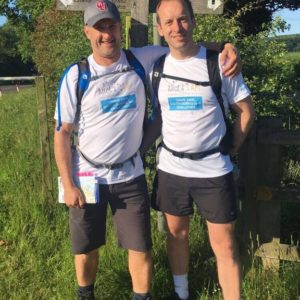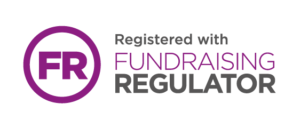In July 2017, we noticed that there was a slight swelling at the bottom of Ruby’s left calf, just above her ankle. It was very subtle, but there was a definite difference compared with her right. She had no symptoms of anything. She was a perfectly happy, apparently healthy, very active 4 year old, about to start primary school.
Our friend and next door neighbour is a GP so we asked if she would have a look at Ruby’s leg, which she did, the same day as we noticed the swelling. She said it was probably nothing to worry about but to make an appointment with our GP for when we returned from holiday. We then went away for 2 weeks and saw the GP on our return. Following that appointment a referral was made to our local hospital, Ninewells, in Dundee.
We were fortunate that one of us works in Ninewells with good contacts in paediatrics and orthopaedics. We managed to find out that an orthopaedic referral had been made but this had then been changed to paediatric haematology. We chased the referral directly with senior clinicians in Ninewells and Ruby was eventually seen within a few weeks of the referral being made.
Following the first review in Ninewells, an MRI was ordered and we found out that it was highly likely to be cancer. We were then referred to the nearest specialist centre, Edinburgh Sick Children’s hospital, for further tests. By the time a diagnosis was made and treatment started, Ruby couldn’t stand or walk because the tumour in her spine was wrapping around her spinal cord. She was waking up during the night with a sore back.
Ruby received 9 cycles of IVADo chemotherapy and 6 weeks of radiotherapy in Edinburgh. A couple of months into treatment she could walk again; the chemo was working. We had regular admissions to Ninewells during this time due to febrile neutropenia. The most difficult period was during radiotherapy; it really affected her, especially her oesophagus. For the first time during her treatment, a nasogastric tube was inserted. She hated it. Her weight plummeted, she didn‘t eat, refused to have feed down the tube and only drank iced water. She spent a week in isolation in Ninewells with shingles.
Once the radiotherapy was complete there was a short break before starting maintenance chemotherapy which she tolerated really well. At this point she was like a normal, healthy child, doing everything a young child does and loving life. The maintenance finished in November 2018 and her scans were clear in December.
In February 2019 Ruby complained of a sore back. Scans revealed relapse and soon after that she commenced 2nd line treatment – VIT chemotherapy. A PEG tube was placed into her stomach for the oral medication to be given, to make her quality of life better. Unfortunately, after about 5 cycles, scans revealed progression in her spine so our consultant started looking for the next option, as did we. There was no clear pathway. She started a new protocol in October 2019 but it didn’t work and she didn’t tolerate it well. The tumour in her lumbar spine quickly took over. She was paralysed from the waist down. She was incontinent. She was in severe pain. The rhabdo was spreading. The next few months were extremely difficult, with a short reprieve following emergency radiotherapy which gave her significant pain relief, but we were losing her and we knew it. She now had tumours behind both of her eyes. She developed pneumonia and had to be transferred by ScotSTAR to PICU in Edinburgh following a left lung collapse. They saved her life and she managed to make the most of Christmas while in Edinburgh Sick Children’s hospital. She was then transferred back to Ninewells where she remained until she left us, peacefully, in the early hours of 3rd January, the day after her Daddy’s birthday.
Ruby’s family have set up a foundation called Be More Ruby and have raised more than £60K to date. These funds will go towards research in to rhabdomyosarcoma.
